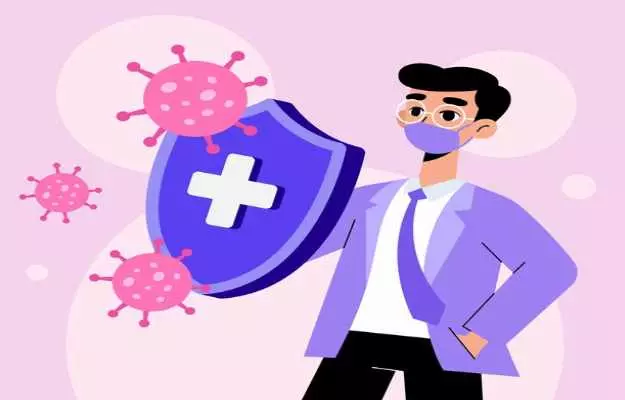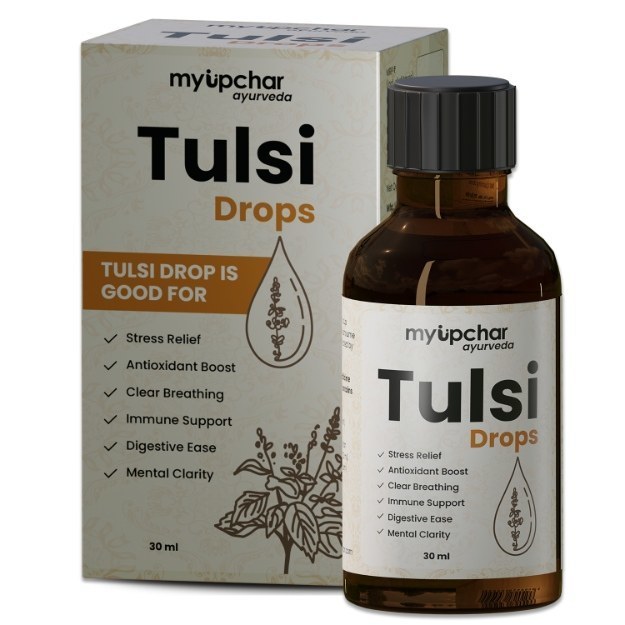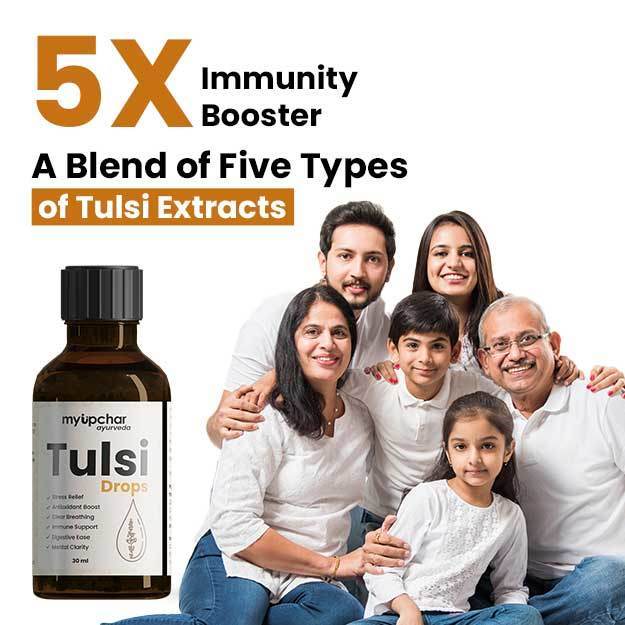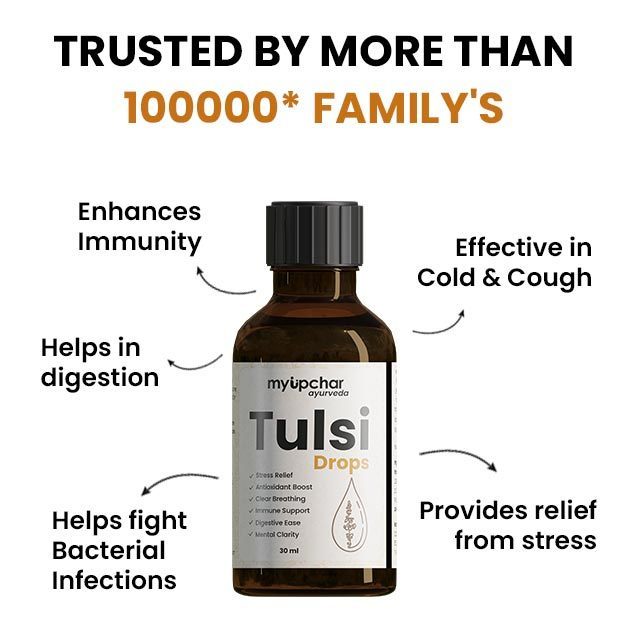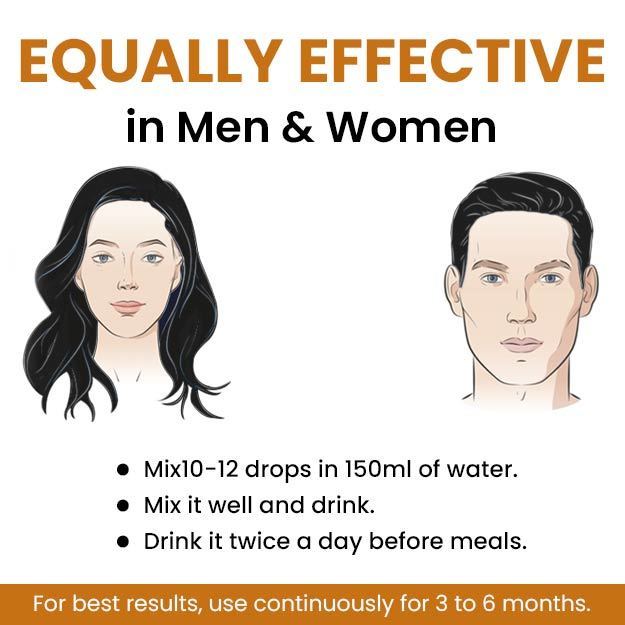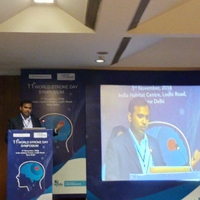Our immune system is a complex network of organs, cells and tissues that work together to protect the body from foreign invaders including pathogenic microbes, toxins, and allergens.
The term immunity is used to describe the state of being protected (or immune) from infections and diseases.
All of us are born with some types of immune cells. However, a child’s immune system is not as strong as an adult’s. We develop some immunity on exposure to antigens (foreign substances) throughout our lives.
Our immune system also has a memory. Once it sees a harmful substance, it remembers it, and the next time it sees the same substance, it quickly makes antibodies to eliminate it.
However, just like every system in the body, the immune system also falters and makes mistakes. When this happens, it starts to attack healthy body cells, which leads to autoimmune diseases and allergies.
Read on to know more about the immune system and how it works to keep us safe from infections and diseases.
Read more: How to increase immunity

